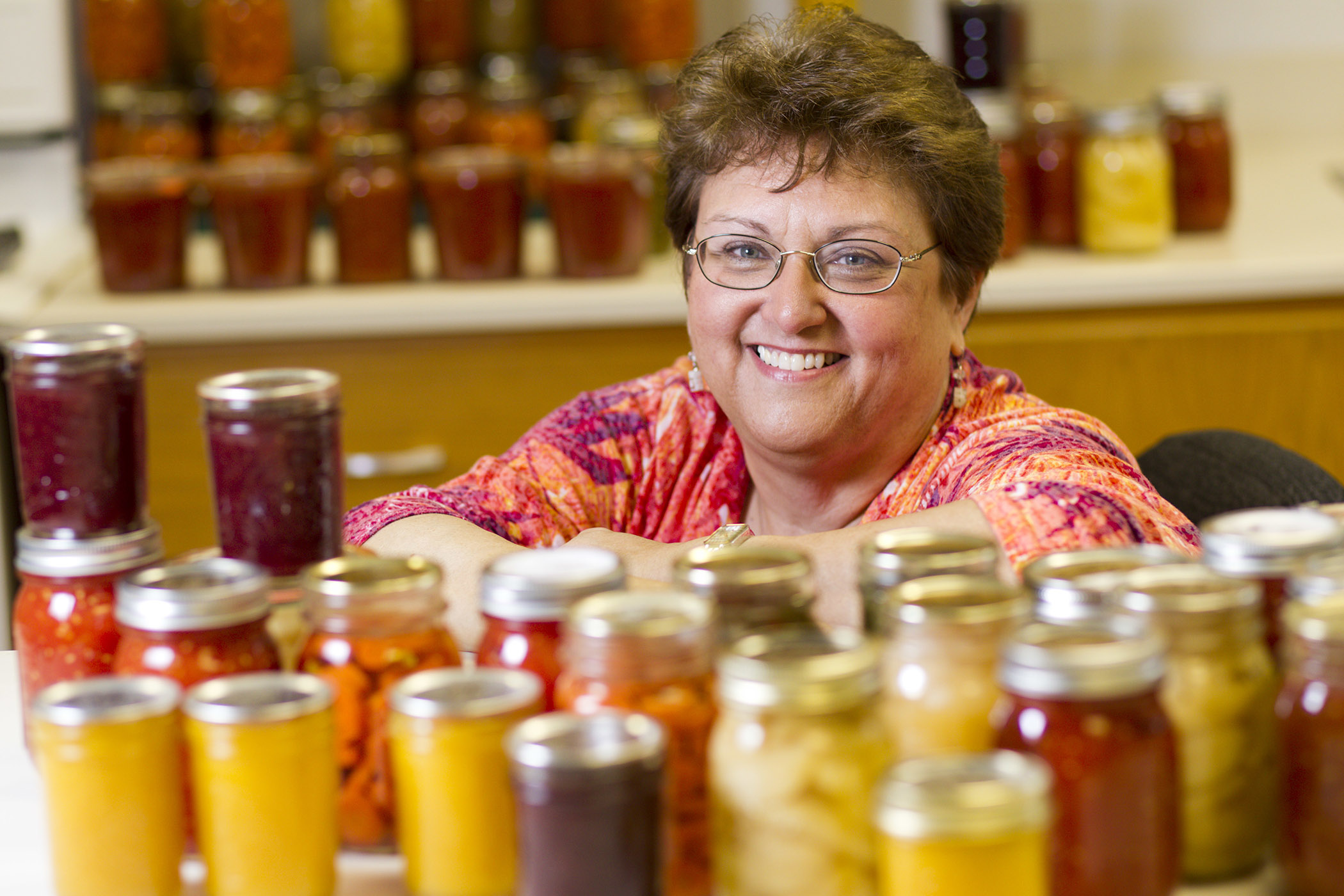As restaurant owners have moved to food delivery and curbside takeout services in response to coronavirus concerns, many customers have wondered how safe the practice is.
According to the U.S. Food and Drug Administration, foodborne exposure to the virus is not known to be a route of transmission, and there have been no reports of transmission via food or food packaging.
Takeout is a good choice to lower risk of exposure because it reduces the number of touch points relative to eating in a restaurant, said Elizabeth Andress, a UGA Extension food safety specialist in the College of Family and Consumer Sciences.
“Current evidence shows the biggest risk of transmission of COVID-19 is being around individuals who are symptomatic,” Andress said. “Food businesses should be following employee health policies and local health department recommendations to keep these individuals home. At this time there also may be concern about people around us who are not yet symptomatic.”
Here, Andress answers some questions about coronavirus concerns related to food delivery and takeout.
Can you get coronavirus from food?
Information is still being learned about this virus and its transmission every day, but at this time the risk of being infected from food is thought to be low. Coronaviruses, like other viruses, need a living host to grow in, so they will not reproduce in food even though food can be contaminated with them. What we know now is the virus is spread mainly from person to person through respiratory droplets that can land in the mouth or noses of people who are nearby.
Should I be concerned about the risks associated with takeout, drive-through pickup or food delivered to my home?
Buying or receiving food is not something we can avoid, and the food chain does involve people and points of contact at various steps. The goal is to manage and minimize risks that are going to be present. If you are using the takeout or food delivery routes or even drive-through options at this time, you can choose those that offer no-touch/no interaction options to lower your risk. This might include leaving food at your doorstep, putting food directly in your car trunk for you, etc. You can always ask questions of your restaurant or delivery service about the precautions they are implementing. The Georgia Department of Public Health has issued guidance for restaurants and other foodservice operations that contains detailed reminders about employee health guidelines, personal hygiene standards while on the job and cleaning and disinfecting the environment.
What about food packaging – boxes, bags, etc.? Could those be potential risks?
We have been seeing that yes, the virus can last likely 24 hours on paper and cardboard and three days on plastic and other hard surfaces, so that does tell us to be diligent in our cleaning of surfaces as well as our hands. You can lower the risk of contamination being brought into your home by leaving outer layers like delivery boxes and bags outside your home. When you receive packaged foods like cereals, milk, cans and boxed dinners, you can wash and dry them off before storing. Some people might prefer to empty them and put into other containers you already have. That would not be practical with canned or frozen foods, or they would then all have to be stored and used more quickly as fresh food. The intent of washing and drying the packaged food when received or brought into your house is to actually remove the virus if present so it doesn’t linger for 1-3 days on the packaging. Remember after handling any packaging left outside or packaged food inside to wash and sanitize your hands well. You can take ready-to-eat food out of the container it came in and eat with your own dishes and utensils. It is probably a good idea to get rid of those containers then, but remember to wipe down surfaces the containers were on and keep washing your hands after these touches. It’s also important to remember you cannot sanitize dirty hands or surfaces – they need to be washed before sanitizing.
Does the above apply to produce as well?
Do not wash your produce in soap and water, nor use sanitizers on it. That could cause you more problems. FDA is not changing its advice about produce washing (which is really rinsing, because no soap is used). Rinsing produce thoroughly under clean, running water with rubbing is always a good produce preparation practice. If it has a tough outer skin or covering, scrubbing it with a clean produce brush should be done also. For more info, see https://www.fda.gov/food/buy-store-serve-safe-food/selecting-and-serving-produce-safely.
What about leftovers?
If you are picking up or receiving foods that need to be refrigerated or kept cold, eat them or refrigerate them within two hours at the most. Most leftovers should be eaten within 3-4 days.
For more information on safe handling of leftovers, visit https://news.uga.edu/tips-leftover-food-safety-techniques/
Original post https://alertarticles.info
